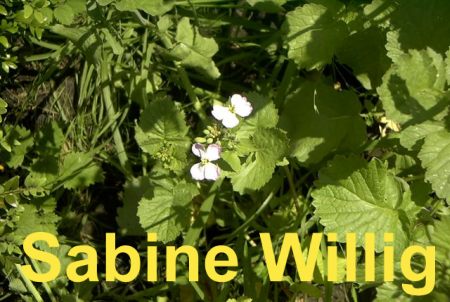| Radish |
| Raphanus sativus | My experiences / remark to this entry: (EMail) |

| element | part | quantity | minimal | maximal |
| Ascorbic acid | Leave | 810 | 7,043 | |
| Ascorbic acid | Root | 226 | 6,216 | |
| Ascorbic acid | Fruit | 690 | 7,822 | |
| Beta-Carotin | Fruit | 0.3 | 26.2 | |
| Beta-Carotin | Leave | 24.7 | 214 | |
| Beta-Carotin | Root | 1 | ||
| Calcium | Root | 190 | 8,570 | |
| Calcium | Leave | 11,000 | 96,000 | |
| Calcium | Fruit | 11,000 | 147,000 | |
| Calcium | Seeds | 3,670 | ||
| Calcium | Root | 5,200 | 176,000 | |
| Calcium | Leave | 2,380 | 19,130 | |
| Calcium | Fruit | 260 | 10,130 | |
| Fat | Leave | 6,000 | 52,000 | |
| Fat | Root | 1,000 | 187,000 | |
| Fat | Seeds | 298,000 | 410,000 | |
| Fat | Fruit | 3,000 | 50,000 | |
| Iron | Leave | 41 | 357 | |
| Iron | Root | 2 | 189 | |
| Iron | Seeds | 120 | ||
| Iron | Fruit | 4 | 295 | |
| Magnesium | Root | 85 | 3,570 | |
| Magnesium | Seeds | 3,960 | ||
| Oxalic-Acid | Root | 92 | ||
| Phosphorus | Root | 160 | 5,850 | |
| Phosphorus | Fruit | 240 | 10,526 | |
| Phosphorus | Leave | 300 | 2,609 | |
| Protein | Seeds | 236,000 | 336,000 | |
| Protein | Root | 5,260 | 182,000 | |
| Protein | Fruit | 13,000 | 257,000 | |
| Protein | Leave | 33,000 | 287,000 | |
| Vitamine B6 | Root | 0.6 | 14.5 | |
| Water | Fruit | 899,000 | 923,000 | |
| Water | Leave | 856,000 | ||
| Water | Root | 926,000 | 945,000 | |
| Zinc | Root | 2 | 72 |
summary from an email of the mailing list: Schildifutter - Mailingsliste
from Sabine Willig
>>
Most of you might know the leaves of the radish are edible for torts, but of course only the ones from your own garden. I only harvest part of my plants and leave the other ones to bloom. The plants gets richer in fibre and becomes harder for chewing which are positive side-effects for our torts.†
As soon as the plant beginns to bloom, I feed the whole plant besides the root and the torts love to eat it.†
<< translated by: Rachel Butner and Marion Minch
further information on:
| Pfaf Database |
description
| european tortoises | desert tortoises | tropical tortoises (wetland) |